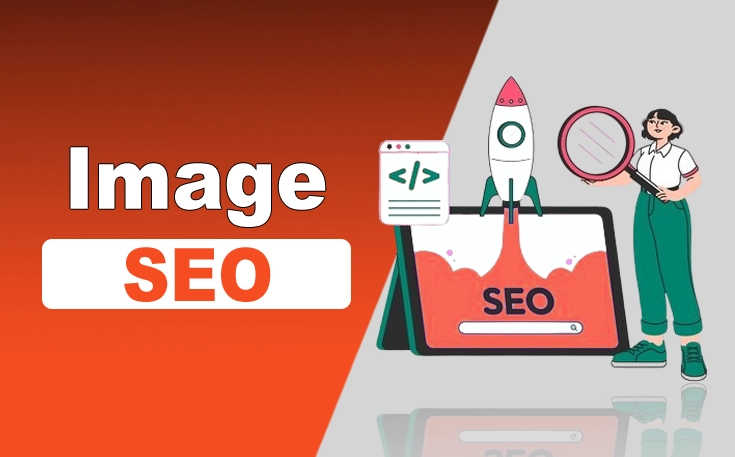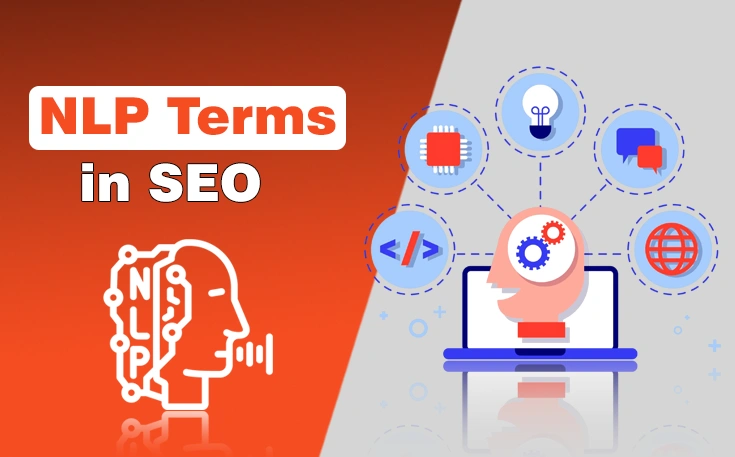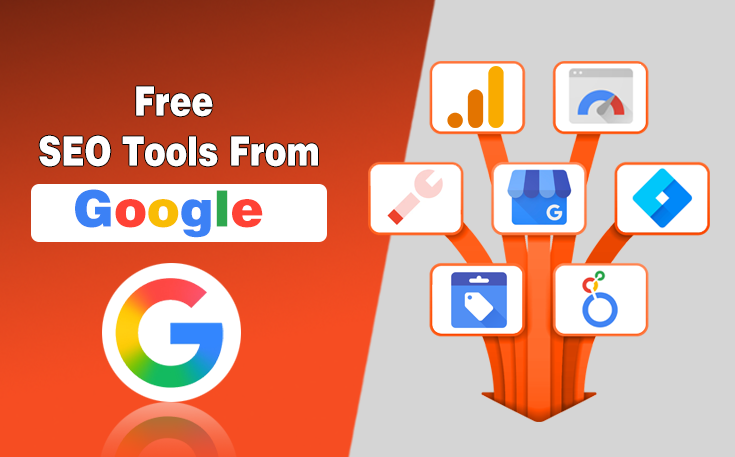When I first encountered the thought of switching away from a platform like Klaviyo, it felt almost taboo. Klaviyo has long been a go-to for e-commerce brands wanting email and SMS automation built for their shops. But lately, I have seen more and more brands saying “enough” and moving on.
But what are the real reasons why E-commerce brands are leaving Klaviyo? In this blog post, I will explain why this shift is happening and then explore the 10 best tools to help you choose the best Klaviyo alternative for eCommerce brands.
If you are running an e-commerce business, this could be the conversation you have been needing.
What is Klaviyo?
Klaviyo is an email and SMS marketing automation platform designed primarily for e-commerce businesses.
It helps brands collect customer data, segment audiences, and send personalized campaigns that drive sales and engagement. The platform integrates seamlessly with major e-commerce tools like Shopify, WooCommerce, and BigCommerce, and allows businesses to track customer behavior and deliver targeted messages.
Klaviyo’s advanced analytics and automation features make it easier to build relationships with customers and optimize marketing performance for higher conversions and revenue growth.
Why Brands Are Leaving Klaviyo?
So, what are the top reasons why brands and companies are leaving Klaviyo? Is it the pricing hike or the integration of this platform with modern business models? In this section, I have explained the main drivers behind that thinking, ahead of the alternatives.
1. Rising Costs That Scale Poorly
One key reason I have noticed is the cost structure of Klaviyo. As your contact list grows or your message volume increases, the pricing jumps. Many brands feel they are paying heavily for growth, and it becomes a deterrent. In fact, a recent article noted high pricing “as your list grows” as one of the major reasons users search for alternatives.
When you are scaling your business, you don’t want the profitability of your campaigns eaten up by platform fees.
2. Complex Automations and Onboarding
Secondly, although Klaviyo is powerful, I have seen many smaller teams get intimidated. The learning curve and setup can feel heavy. Some brands report that managing flows, segments and integrations becomes resource-intensive.
If your marketing team is lean, a simpler tool with faster time-to-value can be more appealing.
3. Integration and Performance Headaches
Another pattern I spotted is around integrations, deliverability, and performance bottlenecks. As brands scale, they start to notice that what worked early doesn’t always scale seamlessly. One write-up mentioned that brands are looking for “leaner, smarter, and more flexible solutions” because their current stack was slowing them down.
When you are in growth mode, tech friction kills momentum.
4. Overemphasis on Email / SMS Without True Omnichannel Flexibility
Klaviyo is strong in email and SMS, but some brands feel they are stuck when they want deeper multi-channel or cross-channel orchestration (social, push, ads, etc) in unified flows. The question becomes: do you want a tool that only does email/SMS well, or one that sits in the centre of your marketing stack?
In my opinion, the email-only focus (or mostly) may limit growth for brands seeking omnichannel.
5. Pricing Model Penalises Success
There is a bitter irony: many brands that succeed with Klaviyo then pay more because their list or sends have grown. The growth itself becomes the cost-trap. That’s when brands start asking “Is this truly sustainable?”
And ultimately, they start looking for the other alternative to Klaviyo that can best suit their requirements and preferences.
6. Trying to Future-Proof Their Stack
I have seen brands that think ahead: they ask if the tool they are using today will serve them in 12, 24, 36 months. If the answer is “we’ll probably rebuild again”, they decide to jump now rather than later.
As the email marketing landscape is changing rapidly, newer tools now attract those who want more flexibility, lower cost, and easier scalability.
Top 10 Klaviyo Alternatives to Try in 2025
List of Top 10 Klaviyo Alternatives
- Omnisend
- ActiveCampaign
- Drip
- Brevo (formerly Sendinblue)
- Mailchimp
- Sender
- Constant Contact
- GetResponse
- MailerLite
- HubSpot Marketing Hub
Here I go through ten platforms that e-commerce brands are turning to. Each has its strengths and trade-offs.

1. Omnisend
If you are running an e-commerce business and need a simple, all-in-one automation tool, Omnisend is one of my top picks. It is built specifically for online stores and blends email, SMS, and push notifications seamlessly.
What I like most is how beginner-friendly it feels without sacrificing power. You can launch automated campaigns, segment your customers, and personalize content easily, all from a single dashboard.
Key Features
- Omnichannel marketing (Email, SMS, and Push Notifications)
- Pre-built e-commerce workflows like cart abandonment and welcome series
- Advanced audience segmentation with dynamic filters
- Seamless integration with Shopify, WooCommerce, and BigCommerce
- Detailed analytics and campaign performance tracking

2. ActiveCampaign
ActiveCampaign stands out for brands that want deep automation and customer journey mapping. It’s not only limited to emails but also includes CRM features and supports personalized multi-step workflows.
Personally, I like how it blends sales and marketing so teams can manage leads, send behavior-based emails, and automate follow-ups with precision. If you run a fast-scaling e-commerce store, this tool gives you control over the entire customer lifecycle in one place.
Key Features
- Integrated CRM for managing leads and customers
- Visual workflow builder for custom automation sequences
- Conditional logic and tagging for precise targeting
- Site and event tracking for behavioral triggers
- Multi-channel support including SMS and social ads

3. Drip
Drip focuses solely on e-commerce email automation, which makes it simpler and lighter than tools like Klaviyo. It’s ideal for Shopify or WooCommerce store owners who want to personalize communication without getting overwhelmed.
I have found its interface refreshingly clean, and its pre-made workflows save a lot of time. It gives you just enough depth to run high-performing campaigns without complex setups or bloated features.
Key Features
- E-commerce-specific automation templates
- Advanced tagging and segmentation options
- Visual workflow editor for intuitive flow design
- Strong Shopify and WooCommerce integration
- Real-time analytics and conversion tracking

4. Brevo (formerly Sendinblue)
Brevo is a great pick if you are trying to control costs while keeping your marketing strategies aligned. It is affordable, yet it includes email, SMS, live chat, and CRM functions in one package.
The thing that I want to appreciate the most about this platform is that it scales smoothly with growing contact lists without sudden cost spikes. Brevo feels approachable even for small teams that don’t want to spend days learning automation logic.
Key Features
- Affordable pay-as-you-go pricing structure
- Multi-channel marketing through email, SMS, and chat
- Built-in CRM and deal management tools
- Dynamic workflows for marketing automation
- High deliverability and real-time performance tracking

5. Mailchimp
Mailchimp is one of the oldest and most popular email marketing platforms, especially for beginners. If you want to launch campaigns quickly without diving deep into complex automations, it’s a solid choice.
Its drag-and-drop editor makes designing emails effortless, and its analytics are straightforward. While it is not as e-commerce-specific as Klaviyo, it is flexible enough for most small to mid-size businesses to run smart and effective marketing campaigns.
Key Features
- Easy-to-use drag-and-drop email builder
- Basic automation and customer journey tools
- Pre-designed templates for newsletters and campaigns
- Built-in analytics and A/B testing options
- Integrations with Shopify, WooCommerce, and social channels

6. Sender
Sender is the underdog that’s getting noticed fast. It is built for small businesses as well as medium-sized businesses that find tools like Klaviyo too expensive. I have seen brands adopt it for its clean design, quick setup, and affordable pricing.
Despite being lightweight, it delivers solid automation, list management, and reporting features. If you want an easy entry into professional email marketing without breaking your budget, Sender fits perfectly.
Key Features
- Budget-friendly pricing for growing email lists
- Combined email and SMS marketing platform
- Drag-and-drop email editor with customizable templates
- Automation builder with triggers and scheduling tools
- Built-in analytics for performance insights

7. Constant Contact
Constant Contact is a trusted name that has been helping businesses communicate with their audience for years. It is known for its reliability and simplicity, which makes it perfect for store owners who want minimal setup time.
I find its email templates professional and its list management tools effective. While it’s less advanced than Klaviyo, its focus on ease of use and consistent deliverability makes it worth considering for smaller e-commerce stores.
Key Features
- Professionally designed email templates
- Event, survey, and webinar integrations
- Real-time tracking of opens, clicks, and engagement
- Basic automation for welcome and re-engagement emails
- High deliverability rates and strong support

8. GetResponse
GetResponse combines email marketing, landing pages, and automation under one roof. It is particularly useful if you want to manage lead generation and sales funnels in addition to email campaigns.
The best part about GetResponse is that it is flexible enough for both beginners and experienced marketers. Plus, its webinar feature sets it apart from most email platforms. It’s a smart choice for e-commerce brands that want to blend marketing, education, and conversion in one platform.
Key Features
- Email automation with advanced autoresponders
- Landing page and sales funnel builder
- Built-in webinar hosting and sign-up tools
- Audience segmentation for personalized targeting
- Integrations with Shopify, WooCommerce, and Magento

9. MailerLite
MailerLite is all about simplicity and efficiency. It’s perfect if you want an intuitive interface, quick setup, and affordable pricing. I often advise startups and small brands to switch to MailerLite because they get all the core email tools they need without unnecessary extras.
While it doesn’t have deep enterprise-level automations, it’s ideal for creators and small e-commerce stores focusing on consistent engagement and audience building.
Key Features
- Clean and user-friendly drag-and-drop email editor
- Automation workflows for basic customer journeys
- Website and landing page builder included
- Advanced segmentation and personalization options
- Transparent, affordable pricing for small businesses

10. HubSpot Marketing Hub
HubSpot is in a league of its own. It is a full marketing suite designed to manage everything from leads to analytics, not just email. It unites sales, service, and marketing under one system, which makes it ideal for growing brands ready to scale.
Though it is more expensive, the power it offers, especially for CRM-driven marketing and automation, makes it a top-tier choice for serious e-commerce operations.
Key Features
- Advanced CRM integration for complete customer insights
- Multi-channel automation across email, chat, and ads
- In-depth analytics with custom dashboards
- Personalization using detailed behavioral data
- Scalable plans for enterprise-level e-commerce teams

Which One Should You Pick?
At this point, you might be wondering how to choose. Here are a few questions I always ask when consulting e-commerce brands.
- What is your list size, current send volume, and growth trajectory? If your list is small but you expect to grow fast, pick something scalable without price-shock.
- How complex are your automation and segmentation needs? If you are doing only welcome, cart abandonment, and post-purchase flows, you may not need the full power of a Klaviyo-level tool.
- How many channels do you want to integrate? If you already do email, SMS, push ads, and web-hooks, pick a tool built for omnichannel.
- What budget do you have for platform fees? Factor in list growth, send volume, and rising costs.
- How much internal resource do you have for setup, training, and integration? If your team is small, pick something intuitive and fast to deploy.
- What is the switching cost? If you move from Klaviyo, how much work is required for migration, workflows rebuild, data cleaning, etc.
- What future functionality might you need? Think 12-24 months ahead: loyalty, referrals, advanced segmentation, multi-store support.
When you answer these questions, you position yourself to pick a platform that fits your current needs and supports your next stage of growth.
Final Thoughts
In my experience working with e-commerce brands, the moment when the tool you are using becomes a constraint rather than an enabler is a pivotal one. If you have found that Klaviyo is costing more than it is giving you, or your growth is bumping into its structural limits, it might be time to explore.
The Klaviyo alternatives I covered, from Omnisend to HubSpot, offer varying balances of cost, complexity, and features. The key point to note is that your platform should support your brand’s ambitions, not steer them.
If you pick the right one now, you will free up time, budget, and headspace to focus on what matters most, such as growing your business and engaging your customers.
Need custom app with amazing features?
Get a Quote




